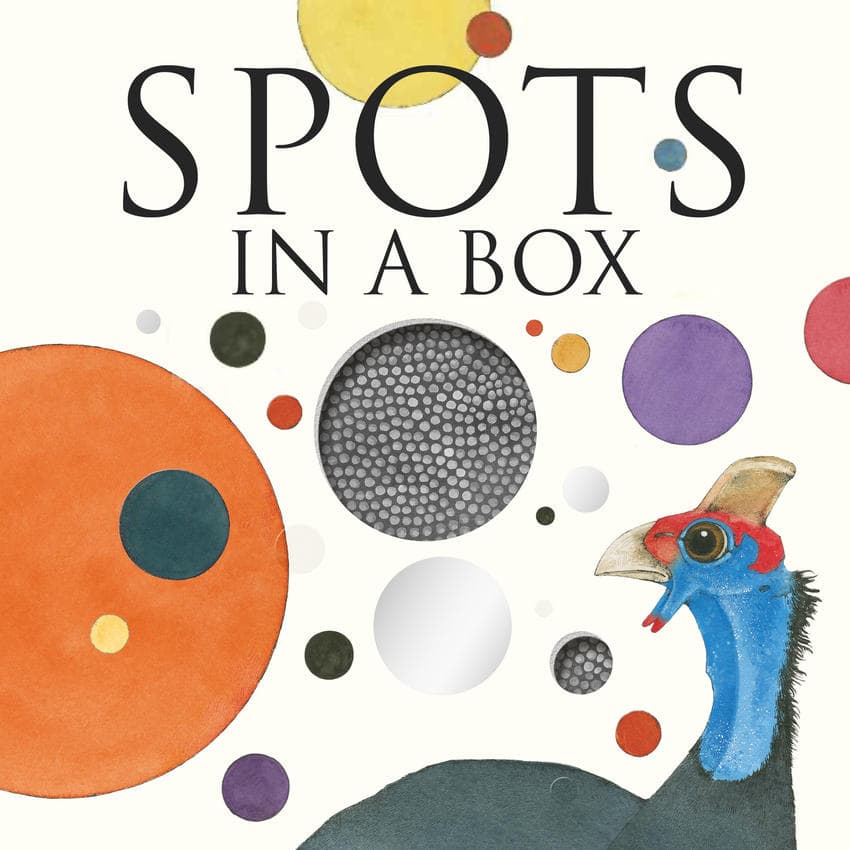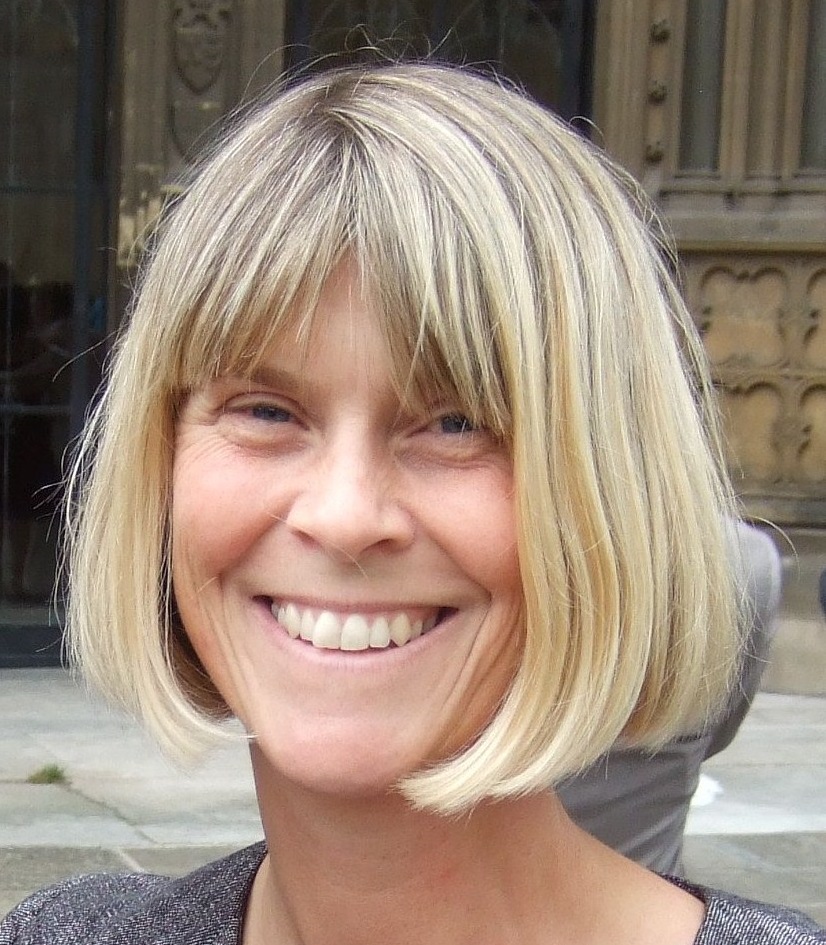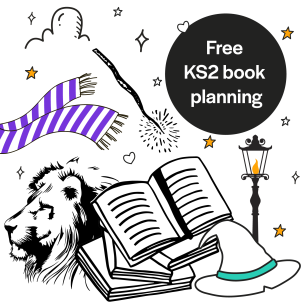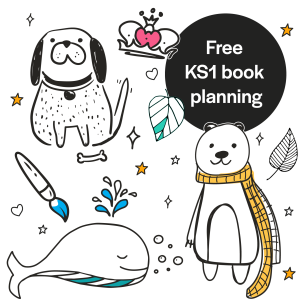If you were a guinea fowl and your plumage didn’t look quite right, what would you do? Take matters into your own beak, of course. Look at different materials, colours and patterns and experiment with different mediums in art.


Creative learning consultant, writer and former teacher
If you were a guinea fowl and your plumage didn’t look quite right, what would you do? Take matters into your own beak, of course. Look at different materials, colours and patterns and experiment with different mediums in art.








Get what you need to become a better teacher with unlimited access to exclusive free classroom resources and expert CPD downloads.
To help us show you teaching resources, downloads and more you’ll love, complete your profile below.
To help us show you teaching resources, downloads and more you’ll love, complete your profile below.
To help us show you teaching resources, downloads and more you’ll love, complete your profile below.
Remembered your password? Login here
